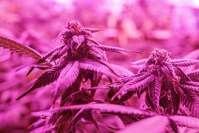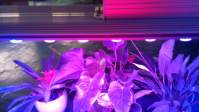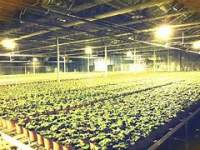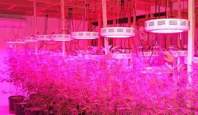Growing vegetables without relying on the sky or the ground with 600w LED plant lights
White-collar workers in high-end office buildings in big cities are jokingly referred to as "urban vegetable farmers" by planting various vegetables in the office in order to save money due to the pressure of rising prices, and sharing their vegetable growing experience on the Internet. The pots and pots all over the office are just green humor. In reality, a more convenient and advanced way of growing vegetables is emerging, that is, plant factories.
Don't rely on the sky, don't rely on the ground, grow vegetables with 600w LED plant lights
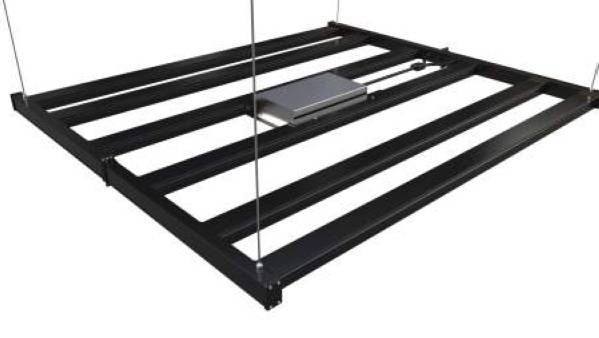
So, what exactly is a plant factory? A plant factory is an efficient agricultural system that uses computers to automatically control and adjust environmental conditions such as temperature, humidity, light, and nutrient solutions for plant growth. It is like a big house full of sensors and electronic systems. Some even do not use sunlight and soil at all, but use artificial materials such as 600wLED plant lights and nutrient solutions.
From the perspective of indoor plant lighting, we advocate the use of LED plant growth lights, so how do LED plant lights affect plant growth?
600wLED plant light controls the photoperiod to affect the growth of plants
All creatures on the earth have their own work and rest time. Humans also need to work and they need rest; animals also need them. Plants also have time for work and time for rest. We all call it a photoperiod.
Plants grow in the open-air nature, and each plant has formed its own photoperiod gene, but due to various uncontrollable factors in nature, their true growth talent has not been fully tapped out. LED plant lights will make plants Moving from outdoor to indoor, various growth conditions can be completely controlled manually, which completely activates the growth cells of plants, and adjusts the photoperiod of plants through LED plant lights, thereby affecting plant growth.
600wLED plant light affects the growth of plants by controlling the intensity of light
The light intensity has a very important influence on the cell proliferation and organ differentiation of plants, that is, it has a very important influence on the growth of plants. Different light intensity affects all stages of plant growth. The initial stage of plant growth does not need to be too strong. The light can meet the needs of plant germination and growth. With the continuous growth of plants, the light intensity should be increased appropriately, which is very important for the healthy and neat degree of seedlings. When the plants bloom and bear fruit, the 600w LED plant light directly affects the flowering period and The fruit setting rate also determines the yield and quality of this plant.
600wLED plant light custom control light quality affects plant growth
Plant lighting LED plant growth lamp lamp beads are mainly red lamp beads, blue lamp beads, white light lamp beads and full spectrum lamp beads. The reason for using such spectrum lamp beads is that countless experiments have proved that plant growth needs the most The light is red and blue. The white light of 600wLED plant lamp is to supplement other spectral components that may be needed for plant growth. The spectrum emitted by the full-spectrum LED plant lamp is mainly red and blue, and the light quality is for callus. The temptation and the differentiation of organs also have a significant impact. The red spectrum plays a particularly important role when the plant blooms and bears fruit.
The emergence of plant factories is first of all to ensure the quality and safety of planting, because the entire process is precisely controlled by IT, and the industry, specifications and output, and whether there are pesticide residues are all clear at a glance.
2. This kind of planting method has little impact on the environment, and can be carried out in places where agriculture could not be involved in the past, such as cities and areas where families and agricultural resources are lacking.
3. The production capacity of plant factories is concentrated, which can efficiently use resources and increase the productivity of agriculture. The plant factory uses a multi-layered space cultivation structure and precise cultivation conditions control, with high yield and stability.
Lighting with 600w LED plant lights can also promote crop growth in different stages of crop growth. For example, red light helps to promote crop growth, and blue light helps crops to form embryos. Adjusting the light in a targeted manner can still save money. Chemical fertilizers improve the nutrient content of plants.
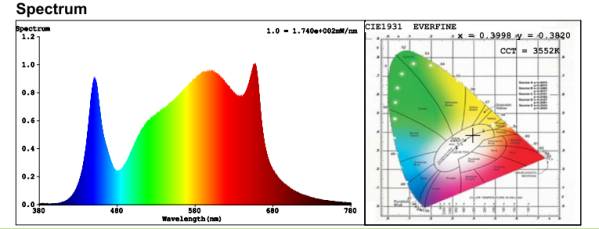
The specific wavelength range that plants use for photosynthesis is the radiation (400-700nm) called photosynthetically active radiation. There are two labeling units. One is expressed in photosynthetic irradiance (w/m2), which is mainly used for sunlight. The general research of photosynthesis, the second is expressed by the photosynthetic photon flux density PPFD (umol/m2s), which is mainly used in the research of artificial light sources and sunlight on plant photosynthesis, using the photon flux radiated to the plant surface per second This method to express the radiation ability of the radiation source is called the PPF PAR method
PAR accounts for about 50% of the total solar radiation. It should be noted that the unit of photosynthetic irradiance does not reflect the influence of wavelength.
PPF: is the photosynthetic photon flux
It refers to the number of micromoles of photons radiated by artificial light sources per second in the wavelength range of 400-700nm, and the unit is umol/s.
PPFD: is the photosynthetic photon flux density
Corresponding to PPF is the number of micromoles radiated by the light source per square meter per second, the unit is umol/m2s, which is the concept of density.
PPFD means PPF within a square meter.
PPFD is the entire physical quantity related to the radiation distance, which is inversely proportional to the square of the radiation distance.
1 PPFD means the number of photons of 1 micromole per second radiated on a surface of 1 square meter.
How big is 1umol/m2s (PPFD)? It means that there are 6 photons in 10 square nanometers.
YPF: photon flux produced
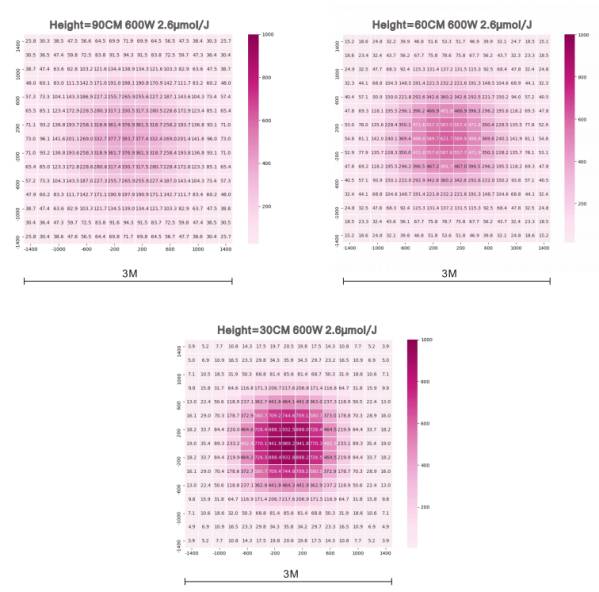
It refers to the number of micromoles of photons radiated per second in the wavelength range emitted by the artificial light source, in umol/s. The generally considered wavelength range is 360-760nm. For LED plant lights, the wavelength range is set at 380-800nm.
YPFD: photon flux density produced
Corresponding to YPF is the number of micromoles of radiation per square meter per second, the unit is umol/m2s, which is the concept of density.
YPFD is YPF expressed in one square meter.
YPFD is the entire physical quantity related to the radiation distance, which is inversely proportional to the square of the radiation distance.
YPFD can more accurately express the light quantity of LED plant light quality.
For the red and blue spectrum, YPF is equal to PPF, and other spectra PPF
The difference between PAR and PPFD, PAR is a physical concept, and PPFD is a unit of physical concept.
The relationship between PPFD and PPF: PPFD is the basic quantity derived from planting process parameters, and PPF is the most important parameter for lamp manufacturing.
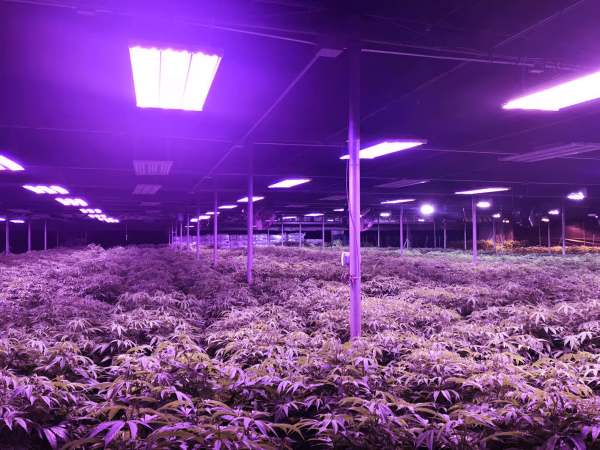
The plant factory will be the first to be used to produce some high-end products, such as high-quality fruits, flowers, Chinese herbs, spices, etc. Small-scale household and store display products will be welcomed. As technology continues to mature, plant factories will become the most important part of future agriculture.
Shenzhen Yaorong Technology Co., Ltd. is with the visionaries!


